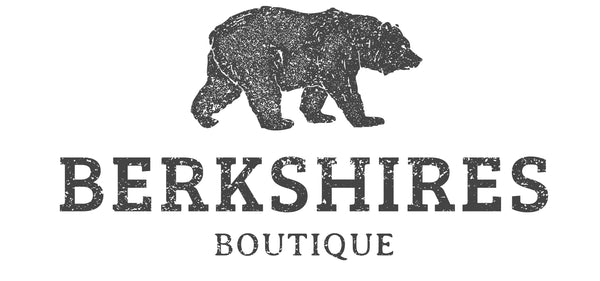
🍓 What’s Growing in Your Yard—and Who’s Eating It?
Share
🌿 The Yard is a Buffet: What’s on the Menu for Our Wild Neighbors?
As spring unfolds across the Berkshires, the landscape wakes up with color, scent, and texture. But what looks like a tangled mess of green to us is actually a buffet to wildlife—pollinators, birds, and mammals are all showing up for their favorite seasonal snacks. The question is: do we recognize what we’re growing, and who we’re growing it for?
Over the last few weeks, I’ve been working in my own yard to sort out what’s what—removing invasive Japanese knotweed (no easy task), debating whether to keep burdock (no), and learning how to distinguish early goldenrod (a definite keeper). And it got me thinking: so much of what we label as weeds or “mess” is actually serving a vital role for our wild neighbors.
Step outside and take a look around—what you’re seeing might not be weeds or overgrowth at all. It might just be breakfast. Or lunch. Or a midnight snack for a bunny on the go. In fact, your backyard might be one of the most popular restaurants in town—for wildlife, anyway. (We think that's a good thing.)
🍓 Woodland Farmers Market:
What’s Growing in Your Yard (and Who’s Grateful for It)? 🌿
🐇 That patch of clover you didn’t mow? Bunny approved.
🐝The dandelions you almost sprayed? A bee’s first spring meal.
🪵 That tree stump you’ve been meaning to remove? A five-star beetle bistro for woodpeckers.
Let’s stop treating nature like it needs to be trimmed into submission. Some of the “messy” bits—the ones we’re told to cut, mow, or spray—are vital food sources and shelters for the wild families we share this region with.
A More Neighborly Way to Garden 🦋
Try this instead:
-
Leave some dandelions and violets for pollinators.
-
Let leaf litter stay —it shelters moths, toads, and baby insects that feed birds.
-
Skip the pesticides. Nature already has its own pest control.
Think of your yard like a mini co-op.
🌼 What’s Worth Keeping?
Some common “weeds” are essential early bloomers or habitat builders:
-
Goldenrod (native): A definite keeper! Goldenrod is a critical late-season food source for bees and butterflies! It's golden yellow flowers support hundreds of insect species.
-
Wild Strawberry (native and wildlife-friendly): This charming groundcover supports pollinators with its early spring blooms and provides fruit for birds, turtles, and small mammals. Its dense, low-growing habit also helps stabilize soil and fill in gaps where more aggressive weeds might take hold. Plus, if you're lucky, you might get a tiny snack out of it too. 🍓
- Garlic Mustard (invasive): This one’s a no. It outcompetes native species and disrupts soil fungi that trees rely on. Remove it —even though that can be tough, since its white flowers in early spring are actually quite pretty.
-
Burdock (non-native and not wildlife-friendly): Burdock generally causes more harm than good—it spreads easily, offers limited food value, and its burrs can injure or entangle wildlife, especially birds. It’s best to pull it, though in isolated areas where it’s not spreading, some may choose to leave it.
- Japanese Knotweed (aggressively invasive, no real wildlife value): Nope. Get rid of it! It spreads rapidly through underground rhizomes, displaces native plants, and provides little to no food or shelter for local wildlife. Even small fragments can regrow, so be meticulous when removing it—and never compost the cuttings.
🐾 Who’s Visiting the Yard Buffet?
Here’s what some common Berkshires wildlife may be browsing for:
-
Deer nibble on native shrubs, clover, and tender shoots.
-
Rabbits gravitate toward grasses, dandelions, and leafy greens.
-
Birds rely on native seed heads and insects hiding in leaf litter.
-
Pollinators need nectar-rich blooms like goldenrod, milkweed, violets, and native asters.
Removing all of this in the name of a “clean” yard doesn’t just change the look—it disrupts the entire support system for the creatures living beside us.
✂️ Before You Cut, Spray, or Pull...
Ask yourself:
-
Is this plant native, invasive, or somewhere in between?
-
Does it offer food or shelter to local wildlife?
-
Am I removing this for aesthetic reasons—or because it’s truly causing harm?
There’s no shame in wanting your yard to look tidy, but when we understand what’s growing and who depends on it, we can make more balanced decisions—ones that reflect the reality that we’re sharing this space. When we shift our perspective, we start to see our yards not just as personal property—but as part of a larger, living community that depends on us for survival.
